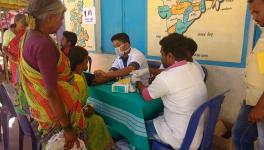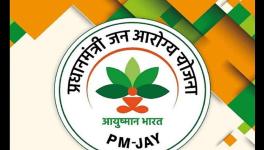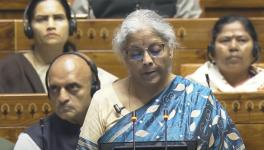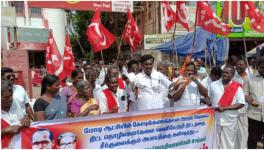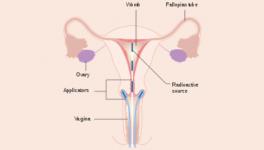47% of Sanctioned Posts Vacant Across 6 Branches of AIIMS
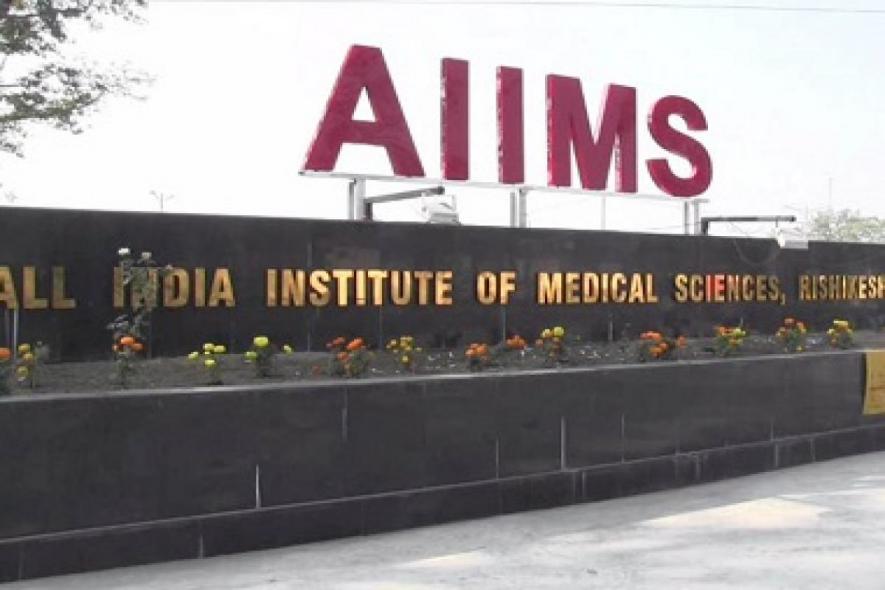
Almost 47% of the posts remain vacant at six All India Institute of Medical Sciences (AIIMS) institutions, according to Dr Harsh Vardhan, the Union Minister of Health and Family Welfare. These six branches of AIIMS are located in Bhopal, Bhubaneshwar, Jodhpur, Patna, Raipur, and Rishikesh. The minister said this while answering a question asked in the Rajya Sabha during the previous month.
A total of 305 posts of various faculty disciplines had been created for each of the six functional AIIMS. According to the data given by the minister, of the sanctioned faculty posts in these six branches of AIIMS, 795 posts out of a total 1,830 posts, that is, 43.44% of the total posts remain vacant. The situation is worst at the Patna AIIMS, where 198 of 305 sanctioned posts, that is, 64.92% of the faculty posts are vacant.
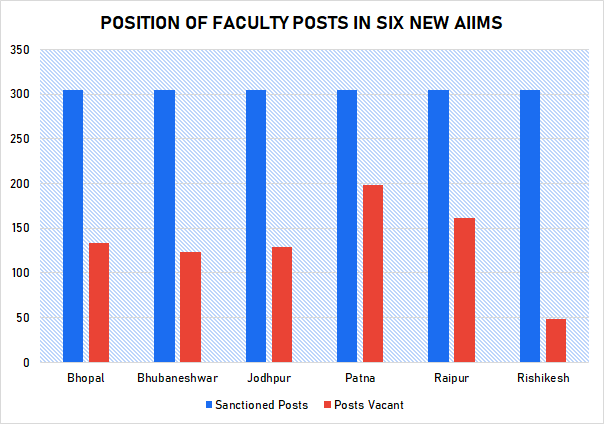
The situation is even worse for non-faculty posts. The government had sanctioned 3,776 non-faculty posts for these six branches. However, 10,661 posts out of 22,656 sanctioned posts, that is 47% of the posts in these six branches are vacant. Patna AIIMS again has the most number of vacant posts, with only 1,529 posts filled against the sanctioned number of 3,776.
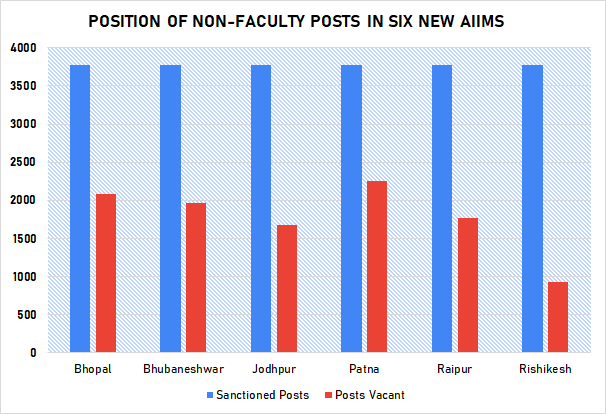
The minister said in the answer to the question, “Recruitment to various positions is done on need basis keeping in view the range of additional services and facilities planned to be added in the hospitals. The incumbency position at various AIIMS is monitored regularly and vacancies are advertised from time to time depending on their requirement. However, as high standards have to be maintained in selection, keeping in view the stature of these Institutes of National Importance, all the advertised positions could not be filled up.”
Also read: 43% of Posts for Faculty Doctors Vacant in 7 Functional AIIMS
However, this is no different from what Ashwini Kumar Choubey, the Minister of State for Health and Family Welfare, had said in answer to a question about the vacant posts in various AIIMS branches on June 21, 2019. The MoS had said, “Filling up of vacant faculty posts in the new AIIMS by taking serving faculty from government medical colleges/institutes on deputation basis has also been allowed. Contractual engagement of retired faculty of government medical colleges/institutes up to 70 years of age has also been allowed to meet the shortage of faculty in the six new AIIMS. Walk-in-interview for engagement of faculty on contract basis has also been allowed as a stop gap arrangement.”
However, the decrease in number of vacant posts since June 2019, has been negligible.
In Bhubaneswar AIIMS, the number of vacant faculty posts has remained stagnant at 124. In Patna AIIMS, the number of vacant faculty posts has increased from 185 to 198. Harsh Vardhan said in his answer, “AIIMS have adequate equipment to cater to the needs of patient care as most of the medical equipment envisaged in the scheme have already been installed and in use. However, with increasing patient load, innovations and advances in medical field, latest and updated equipment are also being continually purchased subject to availability of Specialists and Super Specialists.”
Despite this huge number of vacant posts, the budget allocation for AIIMS in the fiscal year 2020-21 saw an increase of only Rs 4.96 crore (0.1%) from the revised estimate for FY 2019-20. The support from Gross Budgetary Support (GBS) saw a decrease of 36.14%, while the support from National Investment Fund (NIF) was increased.
The Centre for Budget and Governance Accountability (CBGA) called the health budget for the year 2020-2021 ‘a balancing act between provisioning for and purchasing of health care services’. In it’s analysis of the Union Budget for FY 2020-2021, CBGA said, “A continuous effort on part of the Union Government to shift from healthcare provisioning to purchasing has been observed in recent years. National Health Policy, 2017 coined the term ‘strategic purchasing’ to describe a gradual conversion of the government’s role from a provider to a purchaser of healthcare services for its citizens.”
Also read: Union Budget: Government’s Focus on Privatising Healthcare?
Get the latest reports & analysis with people's perspective on Protests, movements & deep analytical videos, discussions of the current affairs in your Telegram app. Subscribe to NewsClick's Telegram channel & get Real-Time updates on stories, as they get published on our website.









